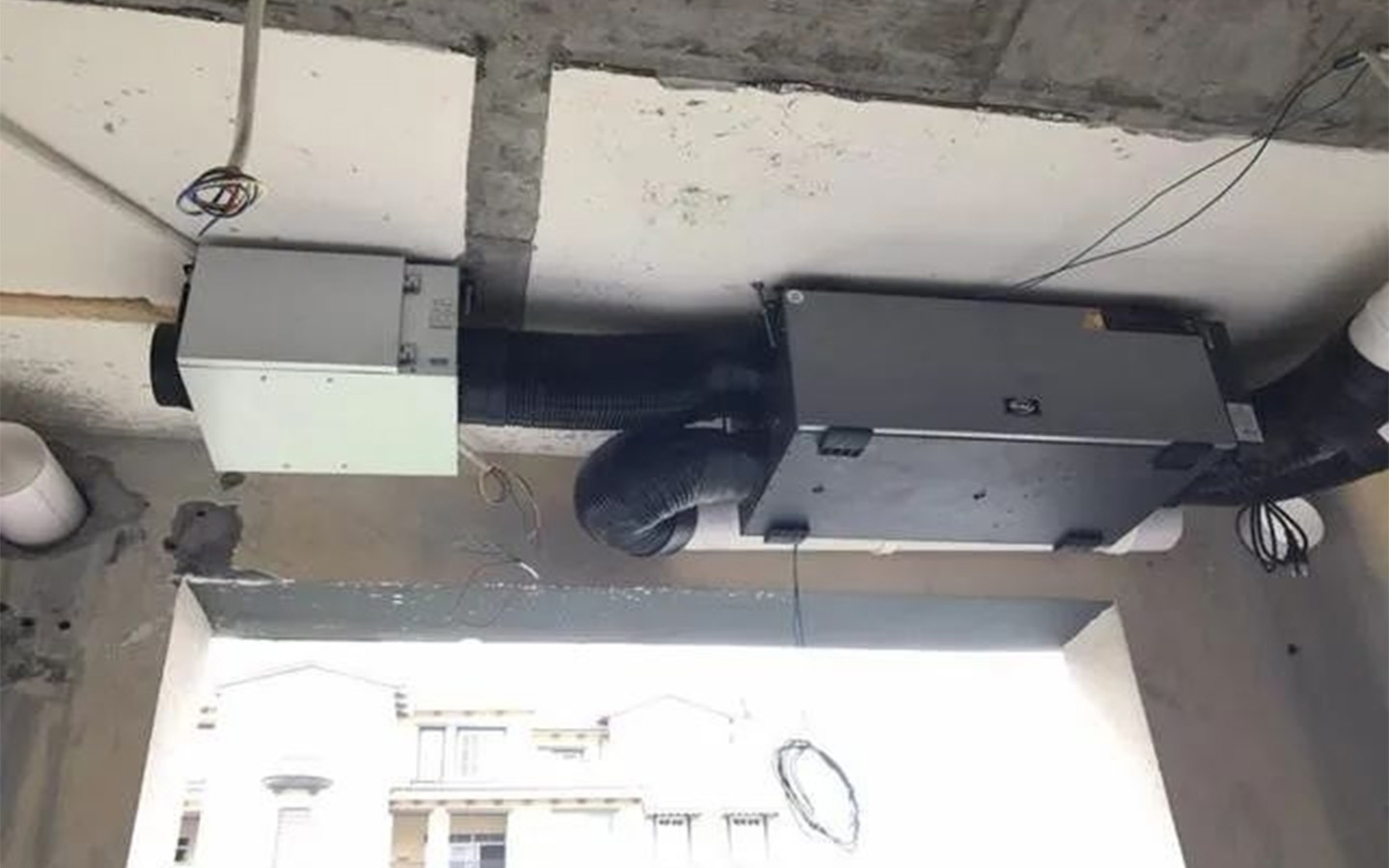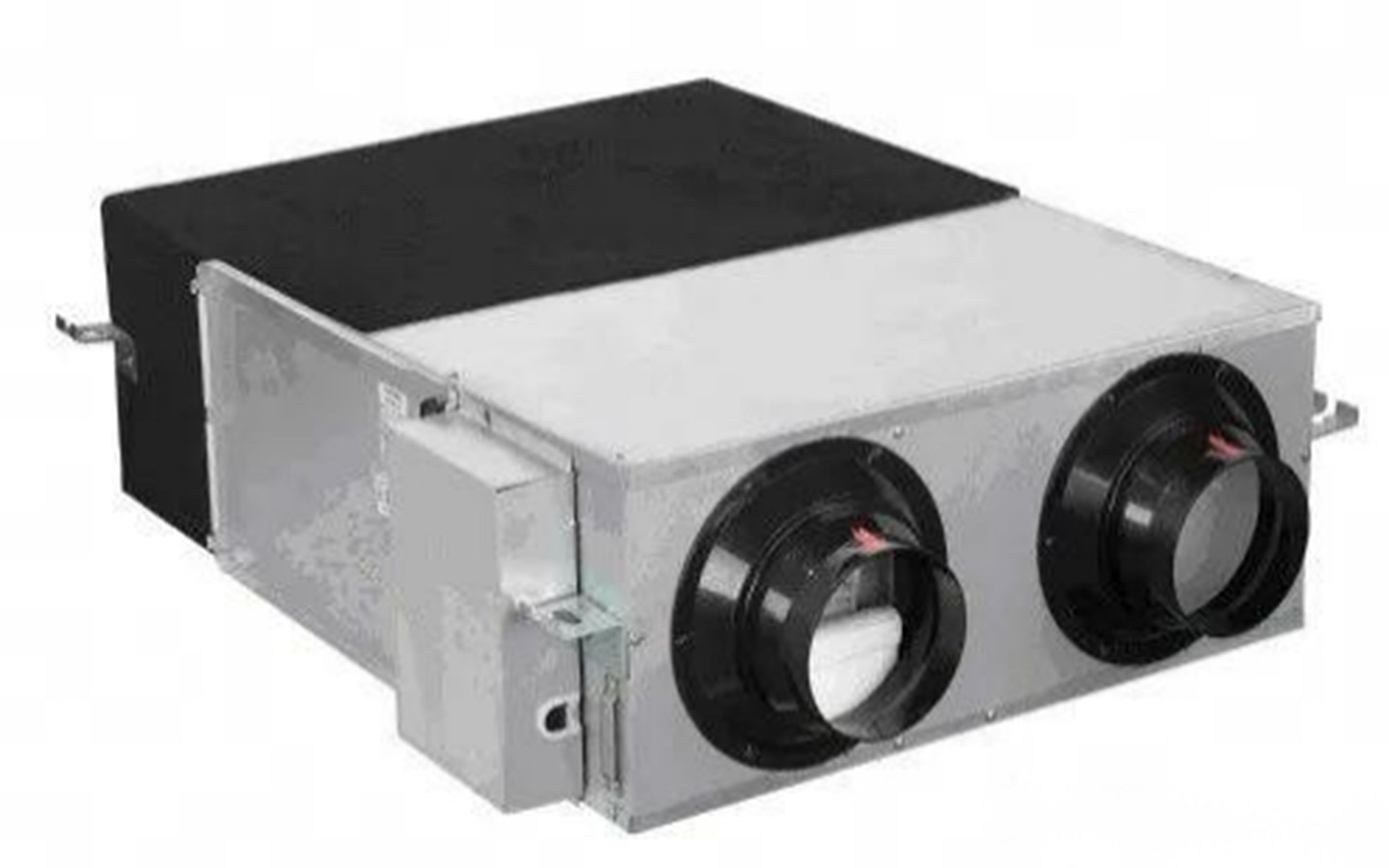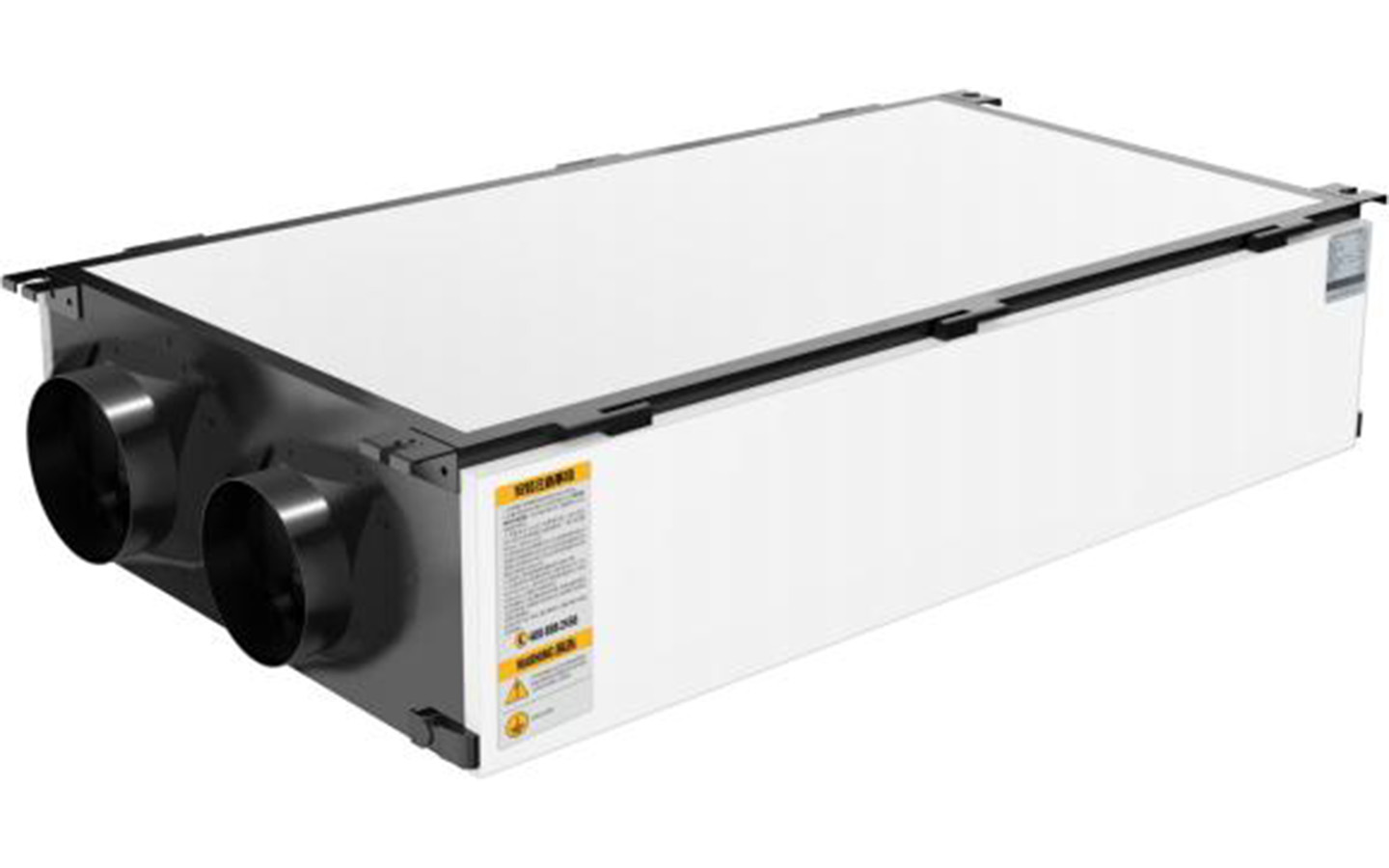
In recent years, haze seems to have become a part of people’s lives. In order to ensure the health of themselves and their families, many people have begun to look for tools that can combat air pollution. Fresh air has attracted attention since then. However, the current fresh air market awareness is still not high, and many people do not know about fresh air machines. When purchasing a new air blower, many people are completely confused when merchants bring up concepts such as negative pressure, positive pressure, and two-way flow. Here, Jinyou Air Conditioning takes you to learn about negative pressure, positive pressure and two-way flow fresh air fans.
If you want to understand the fresh air fan, you must first explain its working principle: the fresh air fan uses mechanical power to allow fresh outdoor air to enter the room and at the same time discharge the turbid air indoors to achieve the purpose of air purification and ventilation.

Negative pressure fresh air fan
Negative pressure fresh air fans discharge indoor air through mechanical exhaust, making the indoor air pressure lower than the outdoor air pressure, allowing outdoor air to enter the room through gaps in doors and windows.

Positive pressure fresh air fan
Positive pressure fresh air fans are exactly the opposite of negative pressure fresh air fans. They introduce outdoor air into the room through mechanical air supply, making the indoor air pressure higher than the outdoor air pressure, allowing indoor air to pass to the outside through the gaps in doors and windows.

Two-way flow fresh air fan
The two-way flow fresh air fan refers to the fresh air fan, which has both an air inlet and an air exhaust outlet. When in operation, the air intake and exhaust are completed by the fresh air fan. The full heat exchange fresh air fan is a two-way flow fresh air fan. kind of.
A full heat exchange fresh air fan means that the fresh air fan not only performs air intake and exhaust, but also performs energy recovery in the process. Before exhausting the indoor air, it recycles the heat energy contained in the indoor air, and then uses this energy to The newly incoming outdoor air is transported back to the room, so that the indoor temperature and humidity will not change too much when the new fan is ventilating.
Full heat exchange fresh air fans are the most commonly used type of fresh air fans in homes now and are also the development trend of fresh air fans in the future.


 Español
Español Русский
Русский Tiếng Việt
Tiếng Việt 中文
中文 suomi
suomi Français
Français Português
Português English
English Deutsch
Deutsch Français
Français Español
Español Italiano
Italiano Português
Português Pусский
Pусский


